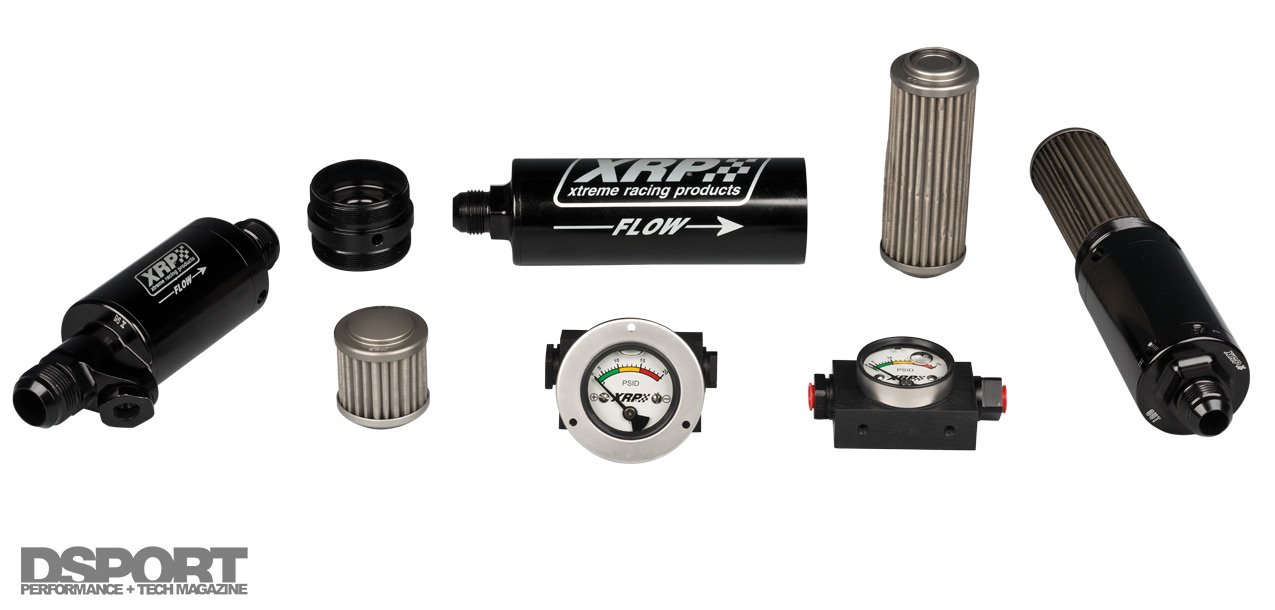EVERY YEAR, WE TAKE OUR 36-FOOT SPORTFISHER named “No Deadlines” to seek out bluefin and yellowfin tuna. Traveling 120 miles south from Huntington Harbour, California, we end up in Mexican waters more than 70 miles away from land. The last thing we want is a problem with the engines. While marine diesel engines are among the most reliable on the planet, 90-percent of all problems that will arise are fuel system related. Many times a problem in the fuel system can affect both engines, leaving a vessel at the mercy of the seas. To reduce the potential for fuel related issues, multistage fuel filtration systems are common on many offshore vessels. By using two, three, four or even five-stages of fuel filtration, service intervals are significantly increased while nearly all fuel contaminants are removed. Clean fuel, in turn, extends the life of the pumps and injectors. Understanding the need for clean fuel, the science behind multi-stage fuel filtration and the ease of implementation should result in a multi-stage filtration strategy in your engine’s future.
Text and Photos by Michael Ferrara
DSPORT Issue #129
Let’s Keep it Clean
If you’ve ever lost an engine due to a clogged fuel injector, then you already know the importance of clean fuel. Unfortunately, keeping your fuel clean is complicated whenever use fuel jugs to fill your tank. The process of pumping or transferring fuel from drums to tanks always seems to result in some residue ending up in the jugs. If you run E85, the hygroscopic nature of the fuel often attracts moisture into the system that can initiate corrosion. This corrosion can often result in particulate containments. Unfortunately, the OEMs have done little to improve the filtering capabilities of the factory fuel system. Most currently produced vehicles have actually taken a step backward, as the factory in-line fuel filter has been eliminated from many vehicles. Instead, the pick-up sock is the only form of filtration in place. This sock filters out only the largest particles while passing all of the smaller particles to be fed into the injectors for a potential clog.
A modular multi-stage filter system is the easiest to install and service. Adding differential pressure gauges signals when folters need to be serviced.
Micron Meter
Fuel filters utilize different elements to provide a set degree of filtration. Some filters are designed to remove large particles while smaller particles pass through. Other filters are constructed to remove smaller particles. Many times a filter will be rated in terms of microns. A 100-micron filter will only allow particles smaller than 4.0 thousandths of an inch to pass. All larger particles will be caught in the filter. A 25-micron filter features an even finer media that will only allow particles smaller than a 1.0 thousandth of an inch to pass. Considering that modern fuel injectors are continually trying to produce smaller droplets of fuel (as small as 50 microns), the likelihood of clogging an injector is on the increase. Employing a multi-stage fuel filtering system that filters down to at least 60 microns, should keep the injectors functioning properly. Going to even finer filtration levels of 20 or 10 microns will provide an additional degree of safety.
XRP’s high-pressure stainless-steel filters have the filter rating stamped on the end cap. A “60” indicates that only particles smaller than 60 microns will pass through the filter.




